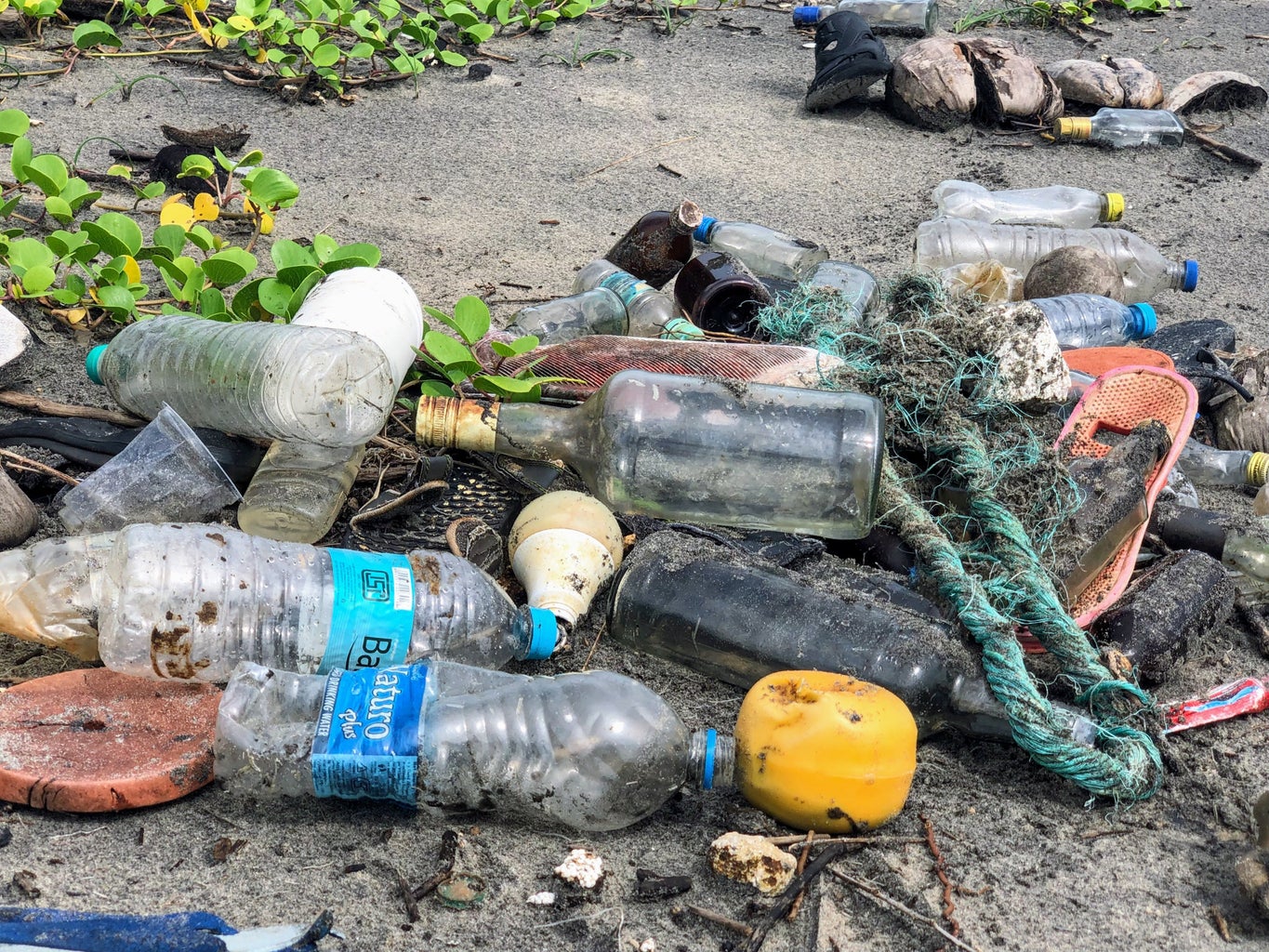This Thursday, April 22, marks the 51st Earth Day in the United States, a holiday made to prioritize the importance of keeping our Earth clean and making our environment safe, healthy and happy! However, with this overarching theme of sustainability and clean living practices, there are some cultural differences that create differing opinions around the importance of this issue as a whole as well as the execution of its long list of goals.
The biggest example of this comes from the cultural and religious practices of the country of India and the religion of Hinduism and its effects on the environment of the area, including, but not limited to, the Ganges River.
Hinduism is, by definition, a major religious and cultural tradition of South Asia, which developed from Vedic religion and is built on the concept that there are four goals in human life: kama, the pursuit of pleasure; artha, the pursuit of material success; dharma, leading a just and good life; and moksha, enlightenment, which frees a person from suffering and unites the individual soul with Brahman.
Keeping this in mind, the Ganges River holds a special place in the hearts of those that practice the religion, with the water source beginning high in the Himalaya Mountains and emptying out into the Bay of Bengal. It is seen as the personification of the Goddess Ganga, known to the religion as the goddess of purification, wellness and forgiveness. This fact is very much an ironic one as the river is estimated to be one of the most polluted rivers in the world, along with the Citarum and the Yellow rivers located elsewhere in the continent.

Not only is it estimated that the sacred river is pumped with more than 3000 million liters of untreated sewage on a daily basis from nearby cities and towns varying in size, but the body of water also acts as a living cemetery littered with human remains, ashes and other belongings that once held a special place in the hearts of those that have passed in hopes of peaceful reincarnation.
Believers of the Goddess Ganga and followers of Hinduism flood the waters of the Ganges daily with hopes of purified souls and higher caste placements in their next life and to ultimately reach Moksha or the transcendent state attained as a result of being released from the cycle of rebirth.
This concept fostered the practice of crematoriums in the country to dump their ashes into the river after the live burning of the human remains daily, making it impossible for the river to be clean. The Ganges is also the sole water source to most who live along it, meaning that they are literally drinking, cooking, washing and bathing in a human remains “soup” on a daily basis with no other options.
This offputting example shows the implications of how modern-day sustainability and recycling practices can clash with the customs and traditions of other cultures. We as a society tend to take this fact out of consideration when discussing worldwide sustainability goals and use a western world lens to evaluate and plan. As this Earth Day comes and goes each year, it is vital that we think of not only ourselves but others and our Earth as it is the only one we have (so far).



